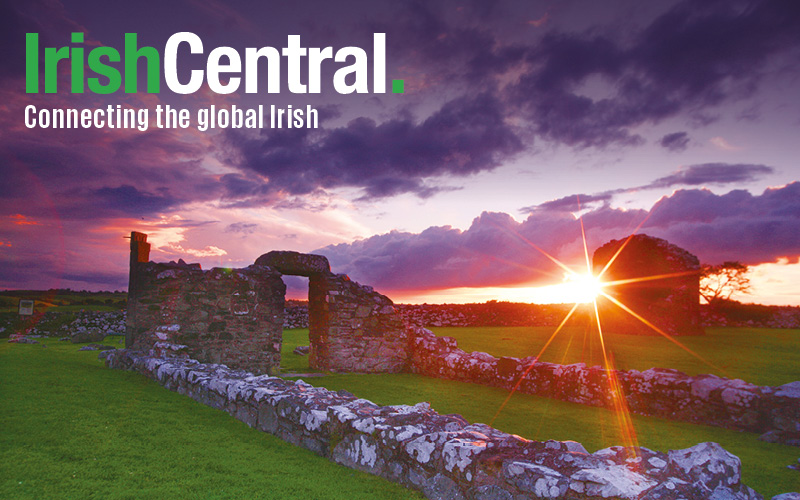Ireland’s oldest oak trees are being revived as part of an international campaign to save the forests and to help propagate the DNA of ancient woodlands.
At his home Kilbarry, Co Cork, Ted Cook holds saplings of oak trees containing the DNA of the last remaining aboriginal native sessile and common oaks around Ireland. The trees were grown in the US where they were grafted on to root stalks before being sent to Holland and imported into Ireland. They have 'come home.'
The effort is part of the Archangel Project, a global initiative to propagate the DNA of ancient forests, from ancient Ireland to ancient Greece.
“The Archangel Project sent tree surgeons up to the tops of about 130 of all the oldest trees in Ireland,” says Cook, co-founder of Ireland’s first community NGO, the Macroom District Environmental Group, in 1984.
“The tops of these tree grafts are from the ancient oaks, and hazels, holly, and yew, which are all considered primary, in that they were never planted. I have them here now since early springtime. You could call them clones; we call it grafting.
“The best oaks I have that aren’t planted yet are the potted oaks from the Brian Boru, ” he told the Irish Times, referring to a huge live oak in Raheen, near Scarriff, Co Clare that was reputed to have been planted by the Irish king a thousand years ago.
Because the oaks are direct descendants of the ancient Irish forests that flourished after the Ice Age, they contain the genetic material best equipped to thrive in the country today.
“We want to help Ireland reforest itself,” says project co-founder David Milarch. “It’s imperative to reforest the planet, and it makes sense to use the oldest, most iconic trees that ever lived.”
Scattered around Ireland are remnants of the post glacial woodland that covered the country for 9,000 years. Due to repeated clear-felling over the centuries, these wooded remnants now cover just 0.02 percent of the country. From what remains, the Woodland League hopes to gather a seed bank.
“These are trees that have evolved to deal with the consequences of climate change in a way that non-native species cannot do,” says Woodland League’s Andrew St Ledger, a wood sculptor in Dublin who settled in Co Clare to be near the ancient oak woods.
“Having been in the one place for 1,000 years, they have remarkable DNA, adapted to this biozone. Each native tree has developed unique relationships with insects, mammals, plants and fungi.”
St Ledger and Cook gather seeds from the remaining vestiges of virgin Irish forest with hopes to revive the aboriginal trees.
“We prefer seeds to grafting,” says St Ledger. “Myself and Ted have grown trees from acorns from the Brian Boru, but older trees don’t always produce viable seed.”
According to the Irish Times, only 10 percent of Ireland is covered in trees. Most of this land is owned by commercial operator Coillte. While Coillte says new planting is a policy decision for the Irish government, its aims of profit naturally diverge from those of the Woodland League.
The Department of Agriculture recently announced its new Forestry Program 2014-2020. The program is designed to encourage more commercial logging, but also talks of conserving native woodlands, and, “where appropriate”, converting from conifer to native species.
Says St Ledger: “The actual percentage of native trees in Ireland is quite low, it’s around 1 percent.”
“The authentic landscape of Ireland is western Atlantic temperate rainforest, dominated by oak. Most Coillte plantations are tree farms. Our hills are covered with exotic conifers that basically acidify the soil, don’t provide much of a haven for wildlife, and deny Irish people their cultural heritage.
“The Government have done little. They restored 13 native woodland sites that were on their property, through EU funding. Bravo. But we would say there’s no long-term management plan to secure them.”
The Woodland League focuses its efforts on small scale planting. One success was
the “treestoration” of a former quarry in Broadford, Co Limerick, which was being used as a dump. The group planted Willow to help clean up the oil slicks, and native yew trees to deal with the asbestos. It is now the home to many species and provides a 30ft canopy.
“We are optimistic our native forests will return,” says St Ledger. “It will be a slow process and will have to be mostly achieved by the people themselves. We are a forest people without a forest. But not forever.”




Comments